Jessica Marszalek: Meet Malia Knox, the girl raising the quota of Brisbane’s statues honouring women
It’s taken an eight-year-old girl to school Brisbane’s leaders on improving their gender equality policy for our city’s statues.
Opinion
Don't miss out on the headlines from Opinion. Followed categories will be added to My News.
Did you know there are only three women statues in Brisbane?
I didn’t until it was pointed out by a curious eight-year-old girl who might be about to effect policy change of the Queensland Government that will change the face of the city.
Only three statues of women achievers: Are you kidding?
On a visit to Sherwood Arboretum, Malia Knox (inset) innocently asked her mother why all the plaques at the central promenade were for men.
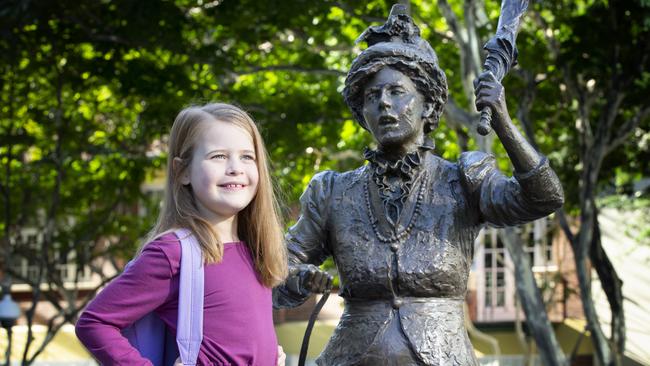
Only two were for women – and both of them were referred to as someone’s wife.
In further research, Malia could only find three women, besides queens, who are immortalised in Queensland’s capital.
They are of suffragette Emma Miller, Lady Diamantina Bowen (the wife of a colonial-era governor) and Australian Diamonds captain Laura Geitz, unveiled just last year.
To put that into perspective, there are six male statues alone at Suncorp Stadium: League champions Wally Lewis, Arthur Beetson, Darren Lockyer, Mal Meninga, Allan Langer and rugby great John Eales.
It’s interesting to see the world through a child’s eyes.
And I’m more mindful that I ever have been around the power of the seemingly innocuous use of language and appearance as I raise my little girl.
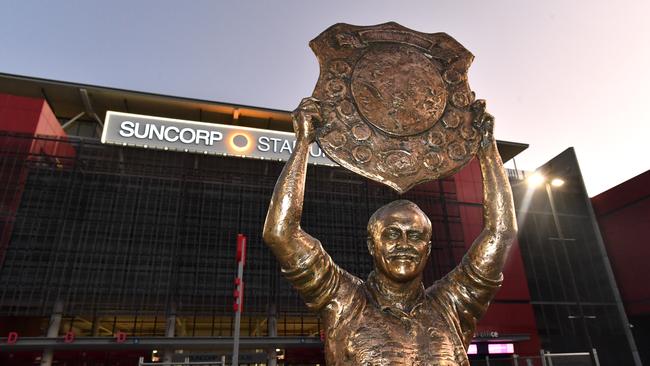
At two, she is already using the ‘he’ moniker more than ‘she’.
I’m often shocked by how girls are portrayed, or not portrayed, in some cartoons and have even chosen not to correct her mistaken belief that Percy is a girl engine in Thomas the Tank Engine.
There are so few, so why not let Percy be one too.
With the support of her mum, Malia is campaigning to right the imbalance she sees around her.
Her petition to parliament notes “representation of strong female role models is essential for gender equity and justice” and the three female statues “reflects overwhelmingly unequal gender representation in public places”.
“Your petitioners, therefore, request the House to create a law that requires 50 per cent of statues, pictures and plaques in public places in Queensland to depict real women,” it goes on.
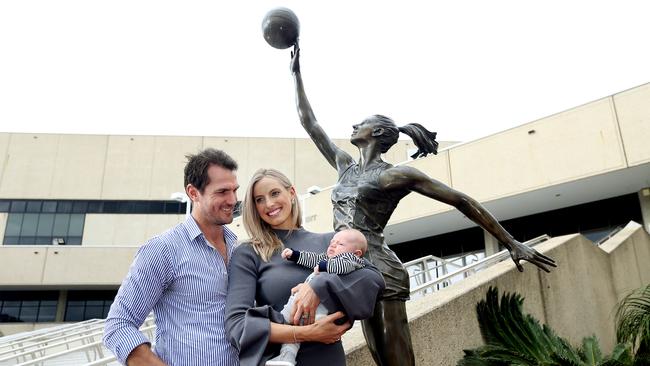
It’s attracted just shy of 800 signatures.
But it’s also got the attention of Women’s Minister, and the state’s new Attorney-General, Shannon Fentiman.
In answer to the petition, Fentiman recognises “more needs to be done” on gender equality and, while there will be no law, she agrees that it might well be a good time to review the government’s framework for assessing proposals for memorials and monuments in Queensland.
The current framework doesn’t mention gender and gives few parameters for the kinds of people who might be considered, although it does specifically talk about how the person should have “made an important and historically significant contribution to Australia, for example during a time of war”.
There is an argument the ways monuments are put forward and chosen may favour male-dominated achievements.
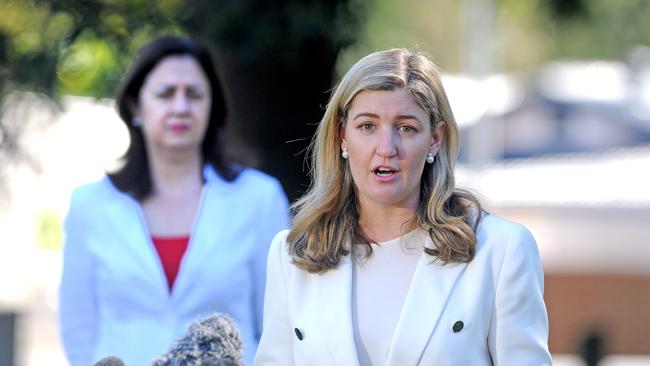
“I want to ensure our public monuments are contemporary and reflect the communities we live in,” Fentiman tells The Sunday-Mail.
“It’s fantastic to see young girls like Malia Knox passionate about the issue of gender equality, speaking out and calling for change.
“I will be writing to the Premier to propose that a review be undertaken of the Queensland Government Framework for Considering Proposals to Establish Memorials and Monuments of Significance and consider how the Framework, and its operation remain consistent with our Government’s commitment to diversity and inclusion.”
In a similar vein, there’s been a specific push for male and female parity in the nation’s top awards, pushed along by the Australian Government’s Workplace Gender Equality Agency.
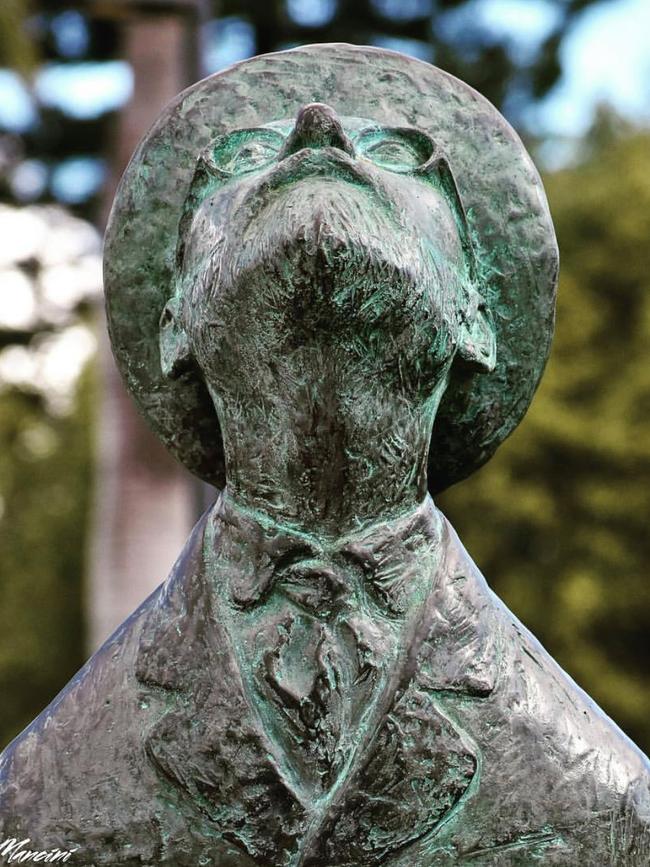
This year’s Australia Day honours contained the highest ever percentage of female recipients, at 41 per cent. Victoria has already achieved parity. So things can change when people see a problem.
How wonderful it is an eight-year-old girl who is the reason future little girls don’t wonder where all the statues are that look like them.
How can they aspire to be something they can’t see?
With such advocacy already under her belt, perhaps one day there will be a Malia Knox statue peering out at the city, reminding people to speak out about the things that mean something to them.


